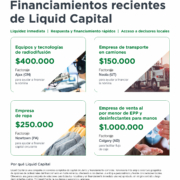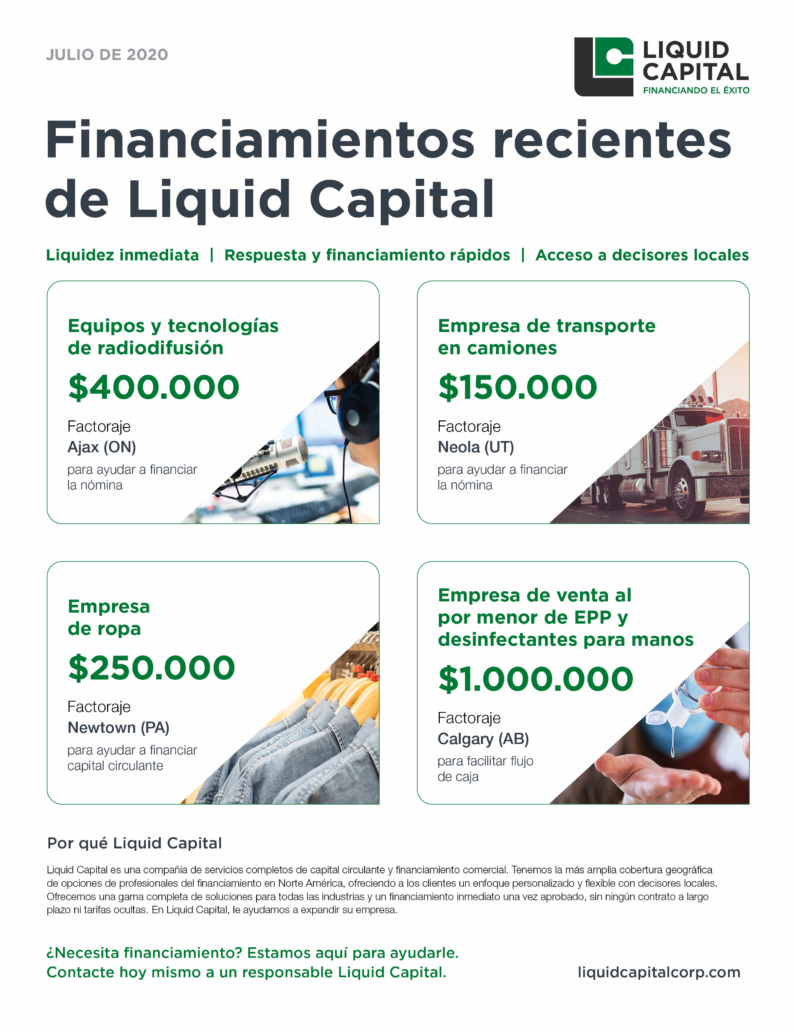7 small business bookkeeping tips for time-pressed business owners
Is your small business bookkeeping taking too much time out of your already-busy day? Here are some quick tips to simplify your financial admin.

Remember a time when it was so simple to sort your business receipts, bills, invoices and general paperwork? You might have just been getting started and spent a lot more time growing your business than you did organizing your books. But then you started selling more, got more customers, more paperwork flooded in and everything erupted!
Managing administrative work can become complicated as your business grows (especially if that growth happens quickly) and that once simple admin process can quickly escalate into a daunting challenge.
Now, even a small error or oversight can impact your P&Ls, Income Statement, revenue projects — and snowball into a big end-of-year mistake that affects your payroll and taxes. So save your money, time and maybe even some gray hair by establishing an easy-to-follow bookkeeping process.
Here are seven essential bookkeeping practices that every small business owner should follow:
1. Separate your business and personal finances
This is essential for every business. Personal finances need to be kept separate from your business expenses, which is best done from the initial point of purchase. If not, you’ll end up with a mangled mess of expenses within multiple account statements to sort through and label at the end of the year. You also don’t want to end up with a shareholder account that is too high — forcing you to claim that ‘additional’ income all at once.
To limit the crossover, don’t use your personal credit card for work purchases and vice versa. However, this can happen from time to time (standing in the checkout line and realizing you don’t have your other card), so make a note of that and flag it immediately with your bookkeeper. It can be helpful to take a picture of the receipt just in case you misplace it along the way or invest in a small business bookkeeping mobile app

2. Document all expenses
No matter how small the expense, it’s important to track your purchases and payments. Whether it’s on a company credit card, debit account, by cheque or a cash payment, keep a record of those transactions. In addition, download your banking statements each month so you have a file of those for easy access on your hard drive.
If you have a bookkeeper or admin person, ensure they have access to those statements and are reconciling every month — flagging any questions and clearing them up so you don’t have a backlog later in the year (when you might forget what happened months before.) This also helps you assess your business cash flow in real-time and understand where potential gaps may lie.
Related: 3 biggest financial challenges facing business owners
3. Schedule weekly bookkeeping time
Aside from the monthly reviews, set aside time in your calendar for weekly admin time. This could even be 30 minutes every Monday morning to update your Quickbooks or financial software, pay bills and review bank account balances. By making it a regular and easy task, you will feel more in control of your business financials and less intimidated at the end of the year when you need to dig into the dusty books.

4. Follow up on account receivables
Even more critical is ensuring the money owed to your business is coming in on time. Knowing when invoices should be paid and how that impacts your cash flow is critical to making future business decisions. Within your accounting software, ensure all invoices are entered with the right term dates.
In your weekly bookkeeping time, review this section to see what has been paid, what’s coming due and, most importantly, what is past due. If you have a collections person or team, get them on the case asap. But if it’s just you managing the books, pick up the phone or send an email to follow-up on the payment. The personal touchpoint with the customer could help get payment quicker and further solidify a good relationship.
5. Monitor cash flow trends
The worst-case scenario in business is running out of cash at a pivotal time. By monitoring your accounts, knowing the seasonal trends in your industry and having a reliable projection for your business, you’ll be ready well in advance. So how do you do that?
Setting up a cash flow statement and budget is step one. (You can follow the steps here.) Next, calculate your DSO, DPO and DIO as part of your cash conversion cycle, which can reveal a host of opportunities and potential roadblocks in your way. Look for warning signs such as taking too long to pay suppliers, changes in sales or customer reorders, or even unusual spikes and dips in payroll. Anything out of the ordinary could warrant a little extra attention.

6. Outsource to a trusted pro
Despite your best intentions, sometimes the admin work for your business will still be your last priority. Getting help on these steps ensures that things are managed proficiently — freeing you up to spend more time on running the sales, service and operations of your company.
If you don’t yet have a bookkeeper, look into adding this role (even part-time or on contract), which could save you countless hours. Your accountant may offer this service already or offer a referral to their trusted network, so start with a conversation with the professionals already on your team.
When it comes to your accounts receivables and collections, when getting financing through invoice factoring at Liquid Capital, our team will also take care of that portion for you.
Here are additional benefits of invoice factoring.
7. Reconcile monthly
This one is so important that it gets its own section. Reconcile all your paperwork and books once a month, along with your accountant and bookkeeper (as applicable). By reconciling monthly, you’ll catch errors associated with cash inflows and outflows earlier, keep accurate up-to-date records and be ready for financing if you’re ever in need.
Staying on top of the admin will alleviate stress, a much-needed relief for most business owners, and prepare you for those unexpected surprises that are around every corner.
Learn how to become lender friendly in our free eBook here. Get instant access with no download needed.
At Liquid Capital, we understand what it takes for small, medium, and emerging mid-market businesses to succeed – because we’re business people ourselves. Our company is built on a network of locally owned and operated Principal Offices, so whenever you’re talking to Liquid Capital, you’re talking directly to your funding source and a fellow business person.




















